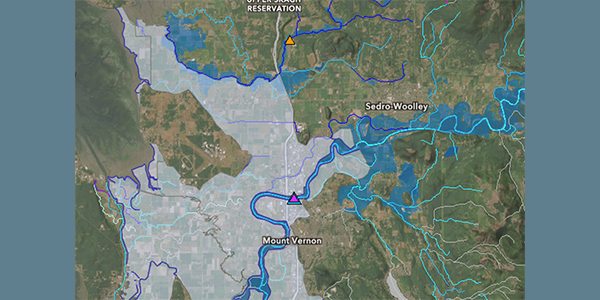By Floyd McKay
From Crosscut.com
Wednesday, Jan 23, 2013
This is the second in a three-part series.
When President Richard Nixon signed the National Environmental Policy Act (NEPA) into law in 1970 — a law sponsored by former Washington Sen. Henry (Scoop) Jackson — neither man could have imagined what a complex and controversial law they had created. For developers, NEPA became a swear word, for environmentalists a tool to be sharpened and wielded.
States would go on to create their own State Environmental Policy Acts (SEPA), and Washington’s is now very much in the spotlight. Together, SEPA and NEPA will determine the fate of what could become the nation’s largest coal-export terminal.
That would be Gateway Pacific Terminal (GPT) north of Bellingham at Cherry Point on the Strait of Georgia. The project developer, SSA Marine of Seattle, plans a $664 million facility capable of handling up to 54 million tons a year of bulk commodities; 48 million of those tons will be coal. When SSA Marine applied for a permit to build the terminal in March 2012 it triggered a process that will play out for years, engage a complex web of public agencies and generate a compendium of scientific studies and permits and the almost inevitable legal challenges.
There is no telling at this early stage whether SSA Marine will be successful in its efforts to build a coal terminal at Cherry Point. Part Two of our Coal Train series will attempt to lay out the arduous process that is already underway as we move, slowly, towards a final decision.
(To read the full article, go to crosscut.com/2013/01/23/coal-train-path-to-a-decision-on-Gateway-terminal)
**If you are reading theOrcasonian for free, thank your fellow islanders. If you would like to support theOrcasonian CLICK HERE to set your modestly-priced, voluntary subscription. Otherwise, no worries; we’re happy to share with you.**








Great series, thank you local news providers.